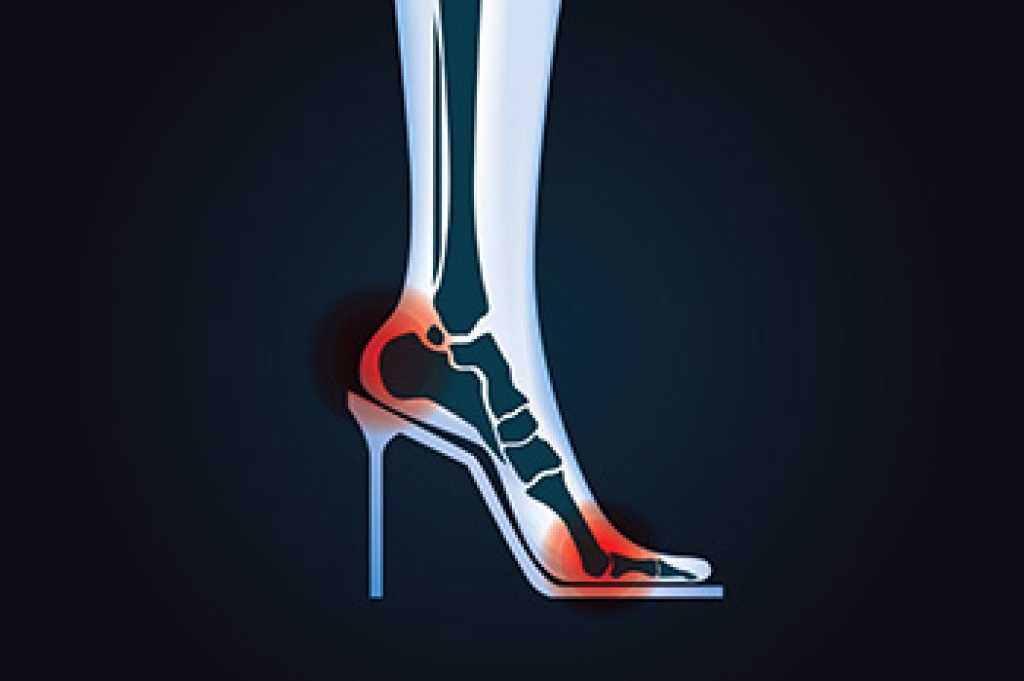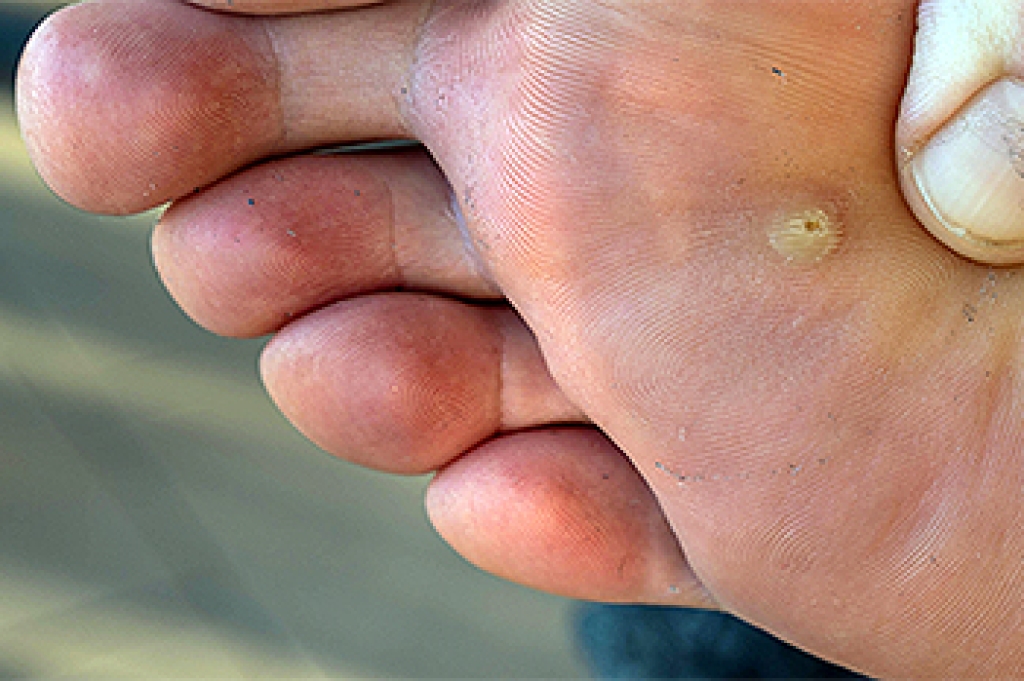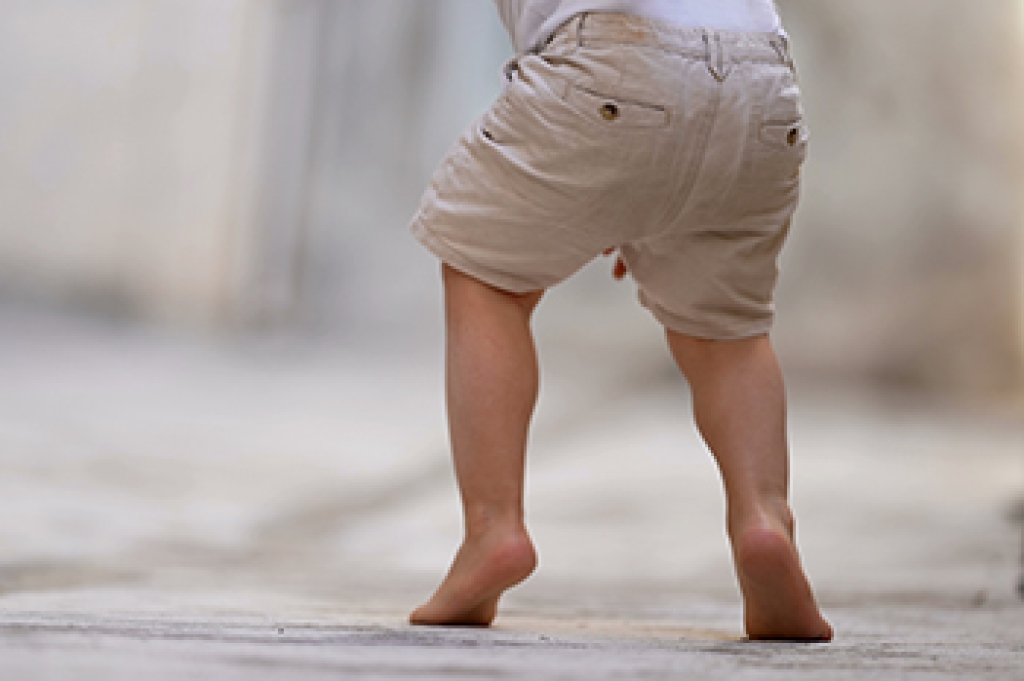
High heels may look sexy and make the legs look longer, but a lifetime spent wearing high heels can cause a lot of damage to the feet. The angle at which the toes and ball of the foot are jammed into a pointy toe box adds undue pressure on the bottom of the foot. The higher the heel, the more pressure is added. This may result in several painful foot conditions including bunions, hammertoes, corns, calluses, and Achilles tendonitis, to name a few. Other effects in the long-term wearing of high heels is plantar fasciitis, Haglund’s deformity at the back of the heel, which is also called pump bump, knee and back pain caused by the shifting of weight, and Morton’s neuroma, which affects the nerves under the third and fourth toe. If you are experiencing any of these foot conditions and the pain is ongoing or worsening, please schedule an appointment with a podiatrist for an exam and discussion of treatment options.
High heels have a history of causing foot and ankle problems. If you have any concerns about your feet or ankles, contact Afsha Naimat-Shahzad, DPM from Leander Foot & Ankle. Our doctor can provide the care you need to keep you pain-free and on your feet.
Effects of High Heels on the Feet
High heels are popular shoes among women because of their many styles and societal appeal. Despite this, high heels can still cause many health problems if worn too frequently.
Which Parts of My Body Will Be Affected by High Heels?
- Ankle Joints
- Achilles Tendon – May shorten and stiffen with prolonged wear
- Balls of the Feet
- Knees – Heels cause the knees to bend constantly, creating stress on them
- Back – They decrease the spine’s ability to absorb shock, which may lead to back pain. The vertebrae of the lower back may compress.
What Kinds of Foot Problems Can Develop from Wearing High Heels?
- Corns
- Calluses
- Hammertoe
- Bunions
- Morton’s Neuroma
- Plantar Fasciitis
How Can I Still Wear High Heels and Maintain Foot Health?
If you want to wear high heeled shoes, make sure that you are not wearing them every day, as this will help prevent long term physical problems. Try wearing thicker heels as opposed to stilettos to distribute weight more evenly across the feet. Always make sure you are wearing the proper shoes for the right occasion, such as sneakers for exercising. If you walk to work, try carrying your heels with you and changing into them once you arrive at work. Adding inserts to your heels can help cushion your feet and absorb shock. Full foot inserts or metatarsal pads are available.
If you have any questions, please feel free to contact our office located in Leander, TX . We offer the newest diagnostic and treatment technologies for all your foot care needs.





